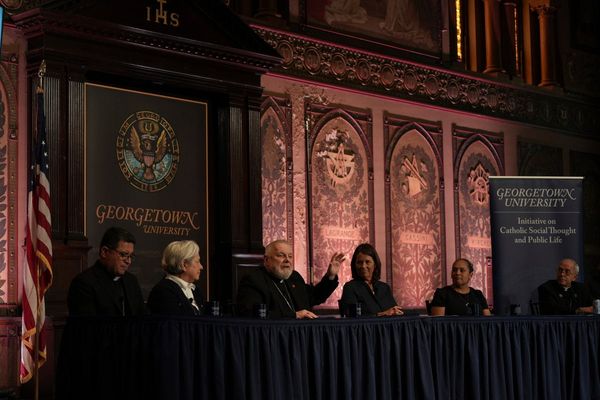
Scientists have developed a new form of nuclear propulsion that they claim could slash mission times to Mars and enable voyages to the farthest reaches of the solar system.
A team from Ohio State University made the breakthrough using liquid uranium to directly heat rocket propellent in order to travel faster with less fuel.
The centrifugal nuclear thermal rocket (CNTR) system is more efficient than current rocket technologies, as well as other nuclear propulsion engines, according to the researrchers.
“In recent years, there has been quite an increased interest in nuclear thermal propulsion technology as we contemplate returning humans to the moon and working in cis-lunar space,” said Dean Wang, an associate professor in mechanical and aerospace engineering at Ohio State.
“But beyond it, a new system is needed, as traditional chemical engines may not be feasible.”
The research, which was partly funded by Nasa, suggests that different types of propellant could be used for the next-generation engines, including chemical compounds like methane that can be mined from asteroids.
Several technical and engineering challenges still need to be overcome before it can be properly tested, with this expected to take another five years.
If successful, the heightened capabilities would cut round-trip human missions to Mars from around three years to a single year, as well as allow robotic missions to outer planets like Saturn and Neptune.
“You could have a safe one-way trip to Mars in six months, for example, as opposed to doing the same mission in a year,” said Spencer Christian, a PhD student in engineering at Ohio State.
“Depending on how well it works, the prototype CNTR engine is pushing us towards the future.”
The research team hope to perform a laboratory demonstration of the technology in order to see how well it performs under extreme conditions.
The team also called for more funding towards nuclear propulsion research, saying it should be a “consistent priority” for space agencies.
The rocket was detailed in the September issue of the journal Acta Astronautica, in a study titled ‘Addressing challenges to engineering feasibility of the centrifugal nuclear thermal rocket’.







